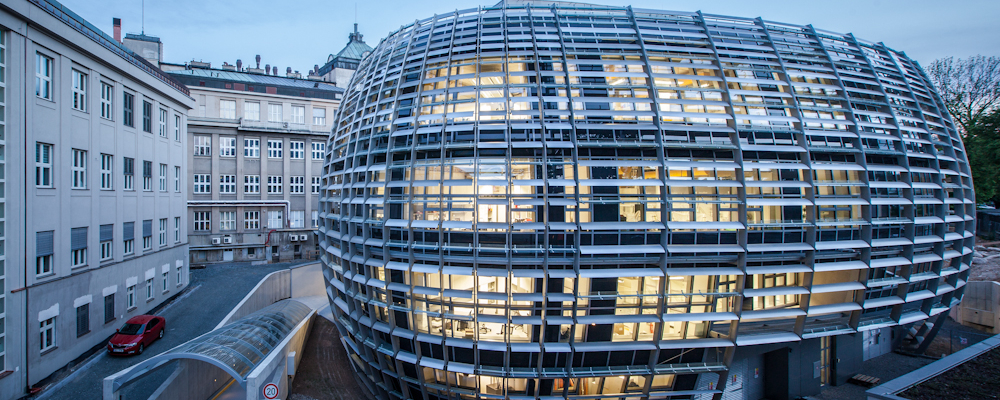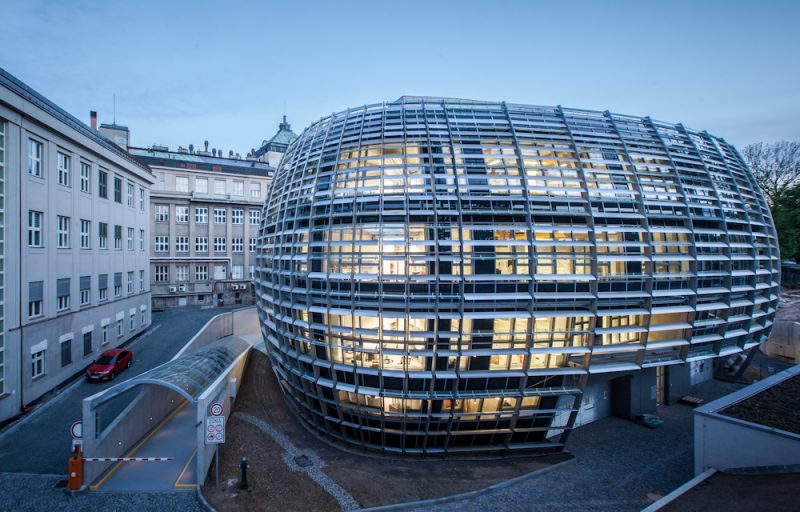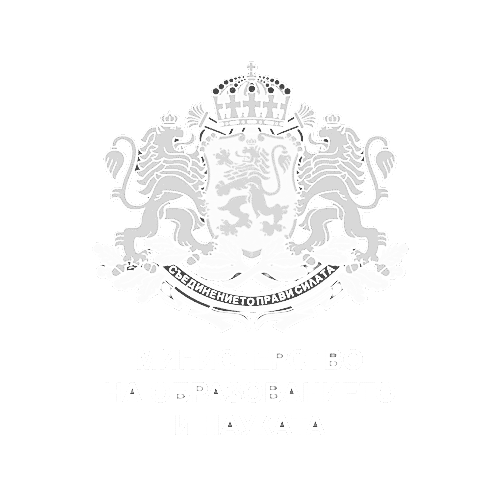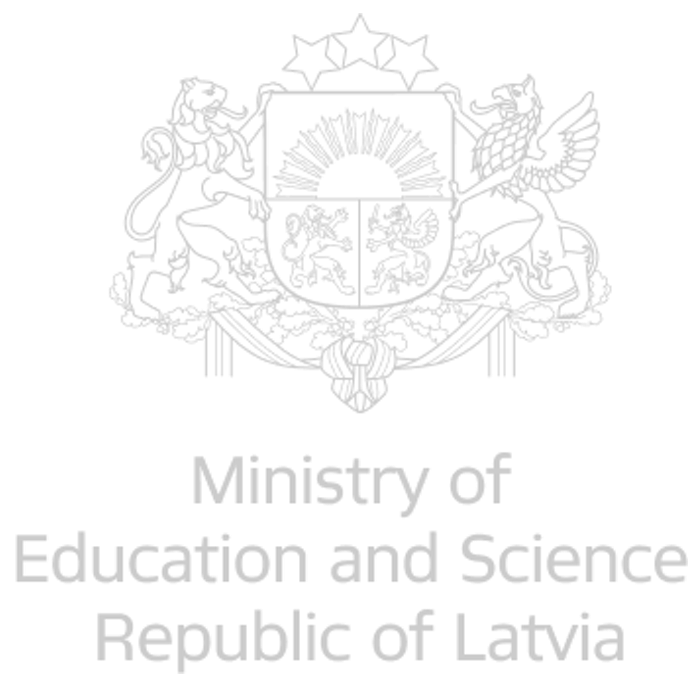|
|
|
| Address | Flemingovo nám. 2 166 10 Praha 6 Czech Republic |
|---|---|
| Platforms | Small Molecules |
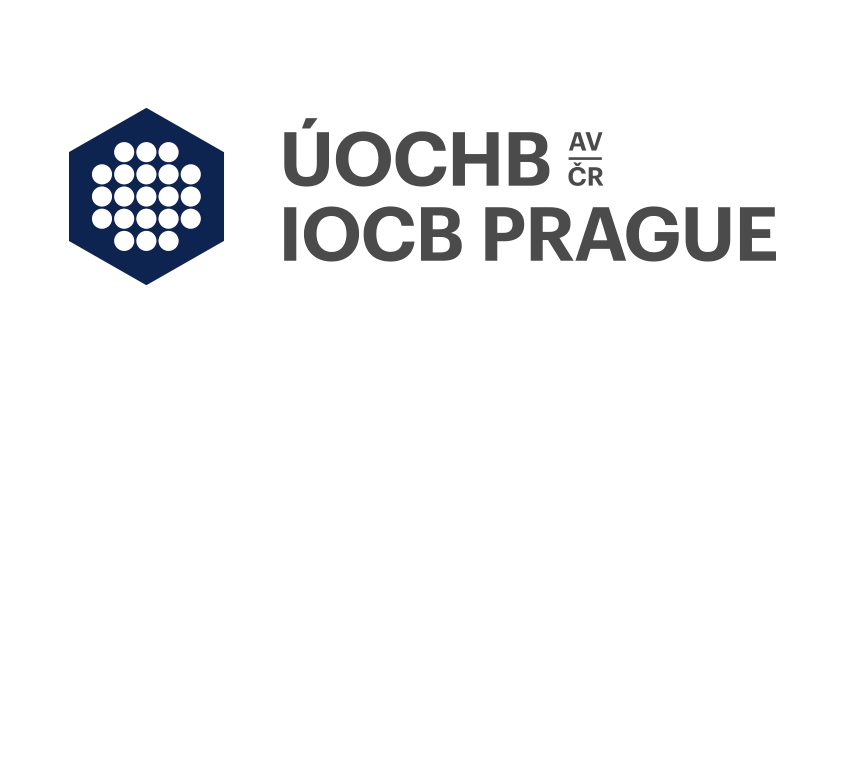
INTRODUCTION OF IOCB
The Institute of Organic Chemistry and Biochemistry CAS (IOCB) is a leading scientific institution in the Czech Republic as well as on the European and world scale. IOCB is one of the 54 institutes in The Czech Academy of Sciences of the Czech Republic, the institution which primary mission is to conduct basic research in a broad spectrum of the natural, technical and social sciences and the humanities. IOCB as a separate scientific institute has a history of 60 years of successful basic research in the organic chemistry, biochemistry, chemistry of natural products and theoretical chemistry. Nowadays, over 600 employees including 180 students are producing results in broad spectra of disciplines which results in more than 250 publications per year including several papers in most cited journals such as Nature or Science. Strategic orientation of IOCB research and future directing is under supervision of an International Advisory Board which consist of excellent scientists and prominent representatives of renowned scientific European and US institutions. The research groups are supported by our service teams. The core of IOCB scientific expertise can be found in 15 Senior Research Teams and 2 groups of Distinguished Professorships which cover traditional IOCB research areas including:
Medicinal Chemistry – Provides excellent long-term results, the importance of which exceeds the boundaries of both the IOCB and the Academy of Sciences. Research focuses on the development of pharmaceuticals against leukemia and other cancers, as well as viral diseases such as AIDS and hepatitis.
Biochemistry and Molecular Biology – Deals in particular with the study of the structure and activity of enzymes(proteases), protein components of viruses and other pathogens (HIV, yeasts), and structure and activity of peptides and their analogs.
Organic Synthesis – Deals with general principles of preparation of substances, synthesis of functional molecule switch properties suitable for the preparation of nano-materials and materials for molecular electronics and self-assembly.
Chemistry of Natural Products – Deals with the study of plant materials, searches for substances used for communication of insects, determines pheromones and other semiochemicals with subsequent utilization for pest control. Peptides with antibacterial activity are also studied.
Physical Chemistry – Performs organic and bioorganic structure determination by physical methods and studies the relationship between structure and physical properties.
Computational Chemistry – Uses quantum chemistry and molecular simulation to forecast the structure, reactivity, and properties of organic and bioorganic molecules.
IOCB institute profits from its successes in medicinal chemistry. There are currently more than 15 drugs and other products produced by various companies from patents held by the Institute.
Among marketed products can be found:
- Antivirotics: Duviragel™, cidofovir (Vistide™), adefovir (Hepsera™), tenofovir (Viread™, Truvada™, Atripla™, Striblid™, Complera™)
- Peptides: Oxytocin™, Adiuretin™, Terlipressin™
- Natural Substances: Dermazulen, Lafarex®
Royalties from patent licensing have filled our budget in the past, but our current royalties from the work of Prof. Holý group, licensed to Gilead Sciences in California, reached more than 90 mil. USD per year. Licensing fees from Gilead Sciences currently represent more than 50% of the Institute’s budget and it allows IOCB to start the complete remodeling of its campus. This include construction of a new building devoted to organic synthetic laboratories and reconstruction of two existing buildings which will result in development of well-equipped IOCB campus reaching highest standards for European scientific institutions.
In the effort to search for talents and future scientific leaders, IOCB is proud to establish new Junior Teams including talented scientist from all around the globe. Each team is supported by the Institute by providing a startup package, fixed salary resources, equipped laboratory space, and services. The new team leaders are selected in an international competition, following the Selection Committee recommendation and with the help of the International Advisory Board. The steadily increasing scientific performance of the Institute proves that the changes were done in the right direction.
The Institute is also quite successful in receiving grant support. The Institute is proud of receiving prestigious ERC advanced grants (for the first time in the Czech Republic), awarded to IOCB scientists. IOCB participates at several Pan-European scientific initiatives and infrastructures: The institute is a member of EATRIS, European Infrastructure for Translational Medicine (http://www.eatris.eu/SitePages/home.aspx); The institute is a node of bioinformatics infrastructure ELIXIR (http://www.elixir-europe.org/) and a partner of The FLUORINE21 International Training Network (http://www.fluor21.eu/). In collaboration with Gilead Sciences, the institute established Gilead Sciences & IOCB Research Centre. Furthermore, the institute participates at other research and development centers: Center of novel approaches to bioanalysis and molecular diagnostics; Center for Development Original Drugs; Centre of Molecular Interactions in Biomedicine.
The Institute invites dozens of excellent scientists and rising stars to present their lectures and to discuss scientific topics within the frame of the Invited Lecture Series. As a side effect, the reputation of the Institute is growing.
Simultaneously with research expertise a system of technology transfer, IP management and commercialization have been intensively built-up since 2008. The Institute’s subsidiary company, IOCB TTO s.r.o. matches results of the basic research work of IOCB scientists with needs of commercial partners to bring new ideas in medicinal chemistry, material sciences, biology and other fields of chemistry to human use or technology market. The IOCB TTO helps IOCB scientists to transform ideas into patents, prepares patent exploitation plan and manages IOCB’s pipeline projects and Targeted research groups. The program managed by IOCB TTO aims to support further collaboration with industrial partners, to help innovative IOCB-originated products to reach a market and to ensure IOCB future royalty income.
The IOCB has multiple scientific worldwide collaborations e.g. Johns Hopkins University, Heidelberg University, University of Queensland, The Max Planck Institute for Biogeochemistry, California Institute for Biomedical Research, Helmholtz Zentrum München.
A BRIEF HISTORY OF IOCB…
After World War II, when university activities were renewed, a group of chemistry enthusiasts was formed at the Faculty of Chemicotechnological Engineering at the Czech Technical University under the leadership of Professor František Šorm.
In 1951, the group moved to the building at Flemingovo square, which was constructed between 1923 and 1929. The Central Chemical Institute was formed. An agricultural research in the building was replaced by the „aroma“of chemical experiments… The Institute was formally established on January1, 1953. Its name was changed to the Institute of Organic Chemistry of the Czechoslovak Academy of Sciences.
The Institute has had many names:
- Institute of Technology of Organic and Explosive Substances
- Institute of Technology of Organic Substances
- Institute of Organic Technology (which still exists at the Institute of Chemical Technology)
- Central Chemical Institute
- Chemical Institute of the Czechoslovak Academy of Sciences (after 1955)
- Institute of Organic Chemistry and Biochemistry of the Czechoslovak Academy of Sciences (1960 1992)
- Institute of Organic Chemistry and Biochemistry of the Academy of Sciences of the Czech Republic (1993 – 2006)
- Institute of Organic Chemistry and Biochemistry of the Academy of Sciences of the Czech Republic,v.v.i.(since 2007)
The Institute was authorized to educate graduate students and to award the scientific titles of Candidateof Sciences (CSc., equivalent to PhD) and Doctor of Sciences (DrSc.). The Institute also carried out the firstformal theses defenses in the country.The greatest credit for establishing and developing the Institute belongs to Professor František Šorm who became the secretary general of the Academy of Sciences and later its President. František Šorm (February 28, 1913 – November 18, 1980), was a Czech chemist recognized for synthesis of natural compounds, mainly terpenes and biologically active components found in plants. Šorm, the founder of our Institute, studied atthe Faculty of Chemistry of the Czech Technical University (later Institute of Chemical Technology,VŠCHT) completing studies in 1936. During the Second WorldWar, Šorm worked in a chemical laboratory. After the war he returned to the university,and in 1946 was named professor at the VŠCHT. In 1950 Šorm was named professor of organic chemistry at the Charles University in Prague. In 1952 Šorm became the director of the our institute. During 1962 – 69 he served as the sekond President of the Czechoslovak Academy of Sciences.In the field of bioorganic chemistry, F. Šorm advanced the knowledge of sesquiterpenoids, medium-ring molecules, and explained the structure of different isoprenoid compounds. He also initiated the study of natural peptides, especially neurohypophyseal hormones and their analogues, some of which were shown to be of major clinical importance. His school of protein chemistry established the primary structure of chymotrypsin and trypsin. While studying the amino acid sequence in polypeptide chains, Šorm, for the first time, deduced a tentativegenetic code. His studies of antimetabolites of nucleic acid constituents as potential cancerostatics or virostatics led to the synthesis and determination of the mechanism of several highly active compounds, for example, 5-azacytidineand 6-azauridine. Finally, he was active in the field of insect juvenile hormones. F. Šorm was the author or co-author of over 1000 of papers and was highly cited. He also co-authored several chemistry textbooks.
IOCB and Antiviral drugs
Thought IOCB is oriented on fundamental research, long-term collaborations with industry partners resulted in drugs and other substances marketed either locally or globally. Most remarkable and exceptionally successful is collaboration with Gilead Scientific in the field of antiviral drugs, acyclic nucelosides phosphonate analogues which were invented, originally synthetized and developed in prof. Antonín Holý’s laboratory and which achieved outstanding market success in HIV therapy.
Originally, however, Antonín Holý focused on classic organic chemistry. It did not occur to him to specialize in medicine. Yet a decisive moment in his work was his research fellowship in Göttingen, Germany, which was followed by a symposium, where he first met Erik DeClercq. The physician from the Catholic University of Leuven, Belgium and virologist with excellent knowledge of chemistry with the suggestion that it might be interesting to study new compounds in the field of nucleic acids in order to determine whether they might be effective against viruses.
“It was an entirely new idea at the time,” Professor Holý recalled. Drugs against viruses and the development of antiviral agents were at the very beginning – apart from aspirin, there existed only antiviral vaccines.
Antonín Holý explained to DeClercq that he had prepared interesting compounds that did not decompose in the body, and DeClercq offered to test them.
This happened in 1976. Antonín Holý sent six samples of several milligrams in an envelope to Belgium. One of the substances was truly effective. It was later developed into the antiherpetic drug Duviragel.
Antonín Holý began to work on new antiviral substances systematically. This initiated cooperation that has lasted to this day.
The Trio Holý – DeClercq – Martin
The third series of tests, which were carried out around 1985, led to the development of three drugs: Vistide against varicella (chickenpox) and other viruses, Viread against AIDS and Hepsera against hepatitis B.
Nevertheless, Antonín Holý et al. would have never developed the active substance into a drug on their own. This normally requires fifteen years and particularly a great deal of money, which usually necessitates cooperation with a partner from the pharmaceutial industry, assuming the funding of the new drug development as well as a significant risk.
Antonín Holý always stood at the beginning of the entire process of new drug development – he found the active substance. DeClercq had to determine its effects. Afterward, it was necessary to find a company that would be able to develop a drug from the active substance and test it.
Antonín Holý’s group and DeClercq, of course, registered joint patents. Then they wanted to sell the license – originally to a certain American company, which had, however, abandoned the project in the meantime after a merger with another company. Yet the workers who left after the merger founded a new company – Gilead Sciences. It is the company with which, now already much bigger, cooperation has been carried out until the present.
This was the beginning of the trio that is sometimes hyperbolically referred to as the Holy Trinity in the world (the trio consisted of Holý, DeClercq and the director of the Californian company Gilead Sciences John Martin), which has made it possible to transform Antonín Holý’s discoveries into drugs against AIDS, chickenpox, herpes, hepatitis and more.
A better life with AIDS.
There are already numerous antiviral drugs: On the basis of the substances developed by Holý, it is now possible to prolong and essentially improve the lives of AIDS patients – a single tablet of Truvada (approved in the USA in 2004) replaces 13 different pills for AIDS patients. It prolongs their lives; in the early stage, it suppresses the reproduction of the HIV virus; at childbirth, it prevents HIV transmission to newborns. Vistide (1996) is effective against the viruses of shingles, chickenpox, stomach ulcers and inflammation of the eye’s mucous membrane. Hespera (2003 ) is a drug against hepatitis B, saving thousands of patients from liver transplantation or liver cirrhosis and cancer. Viread (2001) is currently one of the most effective drugs against AIDS, fundamentally improving the quality of life of AIDS patients…
The company Gilead Sciences, considerably prospering also thanks to Holý’s discoveries, undertook in 2006 to give (and does so) Holý’s home institute – IOCB AS CR v.v.i. – USD 1.1 million per year.
License fees annually bring USD 90 millions. The money coming from professor’s drugs have thus made it possible for the institute to be equipped with the latest devices and for its complex to be completed and reconstructed.


OPPORTUNITIES FOR TALENTED SCIENTISTS
Recently, several novel research areas and projects were introduced and started at the IOCB. Gilead Sciences & IOCB Research Centre has been established in 2006 and the center belong to one of the most forming interactions for IOCB future development strategies. Based on regular meetings, IOCB and Gilead Sciences started further collaborative projects which already resulted in a new license agreement signed in 2015, furthermore, other projects are regularly discussed or co-developed.
Commercial success of prof. Antonín Holý compounds enable further development of IOCB scientific group portfolio. Original group of prof. Holý was recently divided into 4 junior research groups under the leadership of his best students and followers. Separation of the groups led to further development of medicinal chemistry in the area of nucleic acids and its derivatives at IOCB. Moreover, compounds designed originally in prof. Holy laboratory and its derivatives are currently developed with respect to other biologic targets and therapeutic indications such as chronic inflammation, RNA viruses or anti-parasitic agents.
Starting 2013, the first Junior Team Group call was released in order to invite young promising scientist from all around the world to establish a group at IOCB. Selected candidates were awarded with generous startup financial package, equipped laboratory and satisfactory additional support for first three years of a laboratory. According to IOCB strategy, regular Junior Team Group calls are planned. Thanks to that, several novel expertise were introduced at the IOCB in the recent year and the institute research portfolio is even broader and more interdisciplinary. Among newly introduced topics can be found: study of functional RNA molecules and their practical applications, study of calcium channels in neuronal synapses and its role in neuronal diseases, study of cellular compartments using two-photon polarization microscopy and the technique development, or study of nanodiamonds behavior and its application for research and medical use. IOCB is proud to welcome young talented scientist which impressing scientific track record including previous work e.g. at Harvard University, University of Calgary, or EMBL.
IOCB Pipeline Program, an opportunity for industry partners
IOCB Pipeline Program (Targeted Research Groups) is a tool helping to select and develop ideas of IOCB scientist and their scientific partners in to further stages and help innovative products to reach the market. The program is financed by IOCB taking advantage of royalty stream and managed by IOCB TTO s.r.o., an IOCB subsidiary company taking care of IP protection, management of individual projects, partner search and licensing.
